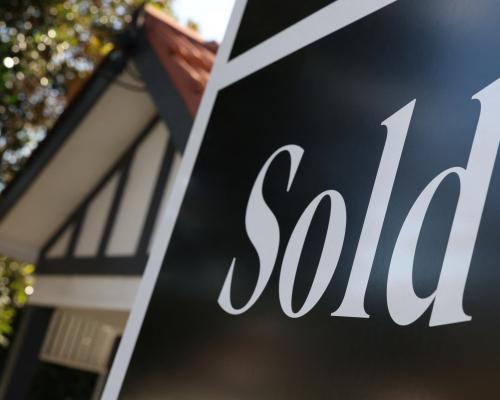
Property investors borrowed a record sum, nearly $130bn, to buy homes over the year to June, supported by interest rate cuts but squeezing out first-time buyers.
Banks made almost 200,000 new loans to landlords over the year, the most since 2022, while the number of new first-home mortgages slipped to 116,000.
Cameron Kusher, an independent property expert, said falling interest rates have made borrowing easier for mortgage-holding homeowners and investors than for first home buyers.
“They’re going to get relief on those mortgages in terms of their repayments, and they’re going to be the ones that are probably going to capitalise on this most,” Kusher said.
More than $340bn was lent for new home loans in the year to June, according to Australian Bureau of Statistics data, released Wednesday.
Annual lending flows have risen $70bn since June 2023, more than half from new investor loans.
Property investors borrowed $33bn in the June quarter, while first-time buyers borrowed less than half that much.
Sign up: AU Breaking News email
Pressure on first-time buyers has heightened as investors target lower-priced homes and more affordable regions.
The average new investor loan was $100,000 smaller in June than in March, at under $640,000. Landlord borrowing grew steadily in Tasmania and the Northern Territory.
Interest rate cuts have boosted incomes and wealth for landlords and existing homeowners by lowering their mortgage repayments and driving up their property prices, Kusher said.
“It’s increasingly getting harder for first-time buyers to compete with investors and non-first home buyers [who] have already got equity … as opposed to a first-time buyer, who’s been out of the market and is paying a lot more for rent,” he said.
A rise in competition and prices has resulted in the number and value of new first-time buyer loans plateauing in recent years.
Credit bureau Equifax in July found first home buyers’ mortgage demand had slumped over the previous 12 months and would not recover by December.
Richard Brown, a Sydney mortgage broker, said some of his renter clients were waiting until 2026 to try to buy a home, after the Albanese government announced in April it would broaden access to its mortgage guarantee.
“They were gearing towards purchase, but now, since that announcement, they may delay for six months,” he said.
Investor clients were buying much faster, seeking income boosts as rent prices continued to rise and loan repayments fell, Brown said.
The Reserve Bank of Australia’s rate cuts have also helped owner-occupiers take out increasingly expensive loans, though the number of new borrowers hardly budged, as house prices raced upwards.
Accelerating increases in property values and expectations for more interest rate cuts have led to growing number of analysts hike their price predictions, with ANZ in August calling a 5% rise nationwide in 2025 and nearly 6% in 2026.







